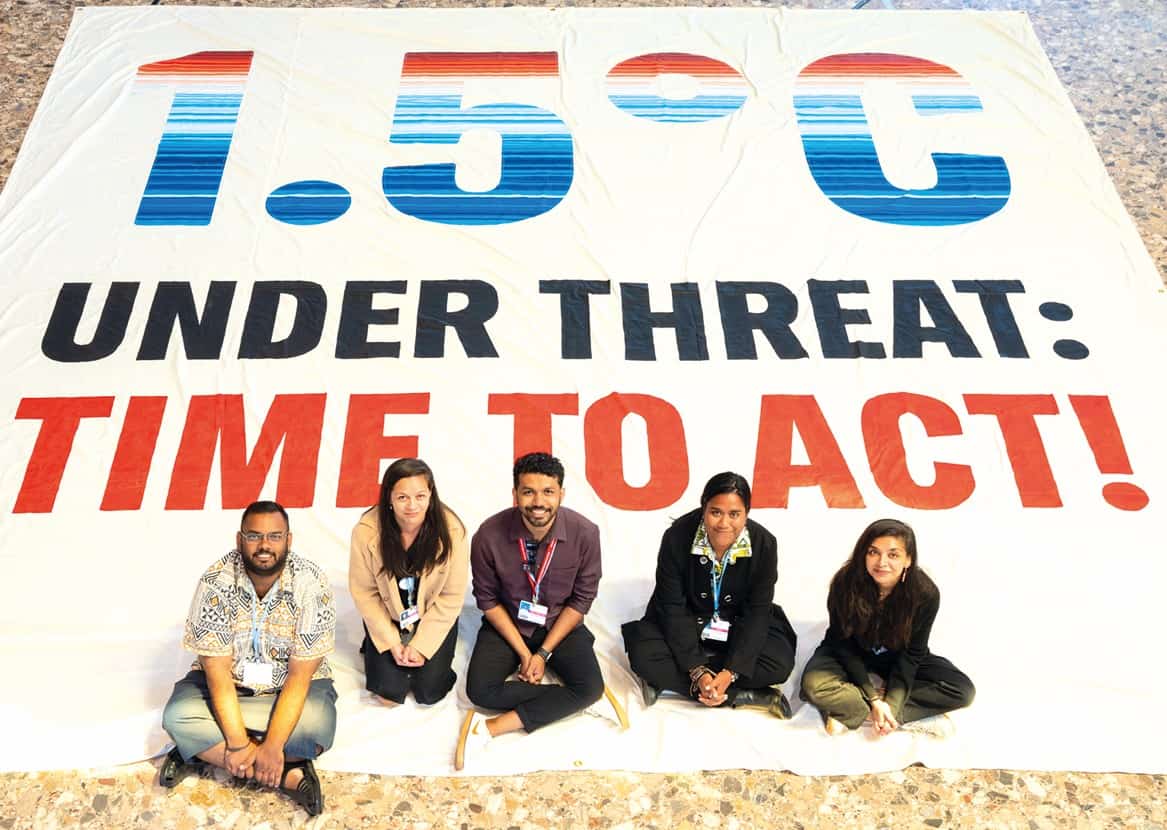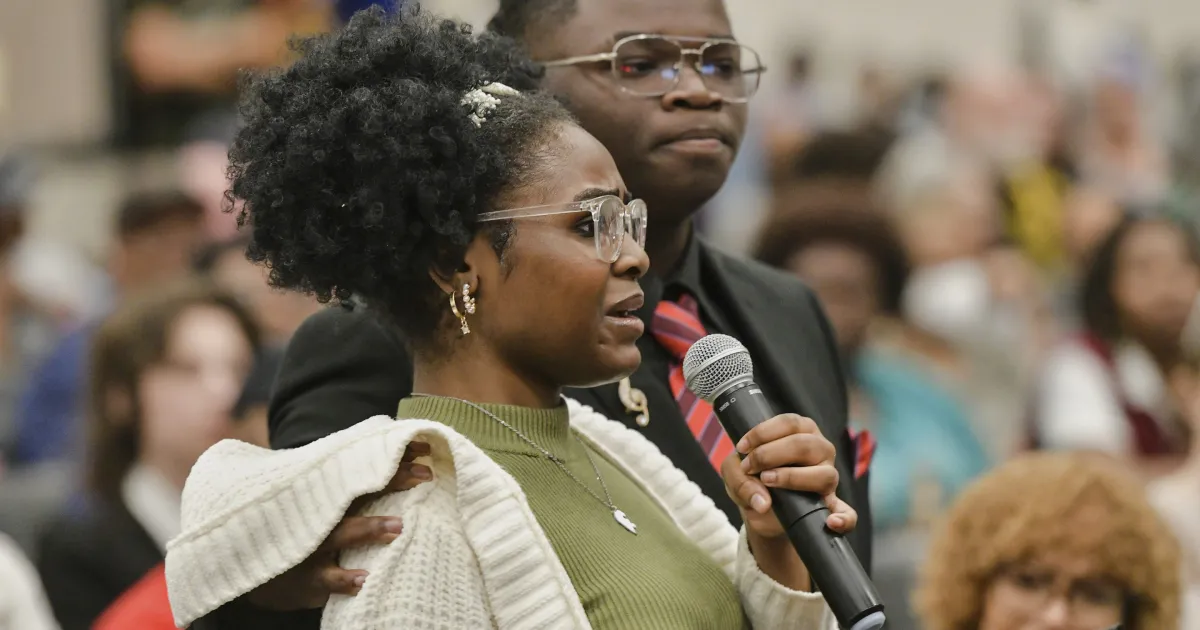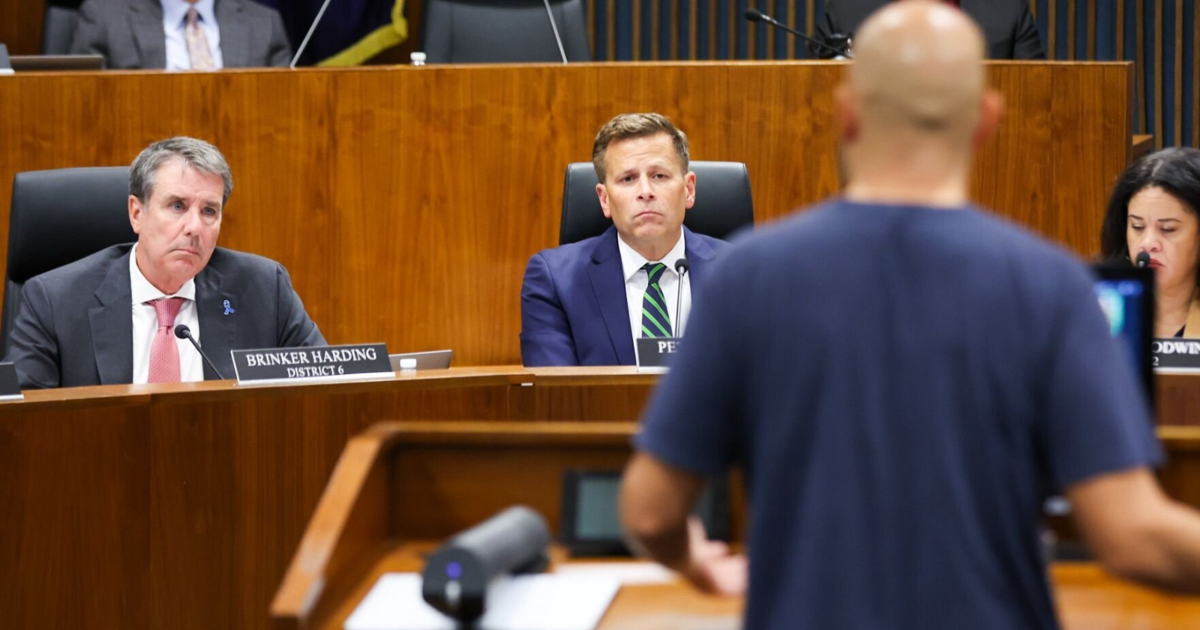Copyright islandsbusiness

Ten years ago, the collective voice of the Pacific Islands helped embed the 1.5°C warminglimit in the Paris Agreement – a scientifically grounded survival line. As the world turns towardCOP30 in Belém, the test is whether governments will finally reconcile promises with practice. For Pacific Small Island Developing States (PSIDS), closing the ambition and finance gaps is not rhetoric; it is about the continuity of our societies, cultures, and economies in a rapidly narrowing window of safety. The Global Production ParadoxA striking contradiction sits at the heart of today’s climate politics. The UN process now recognises the need to “transition away from fossil fuels,” yet the physical economy has continued to expand oil,gas, and (in several regions) coal production. This year’s Statistical Review of World Energy showsthat between 2015 and 2024, the United States increased oil production by roughly 40% and naturalgas production by 40%; Australia’s natural gas production rose by about 102%; and Brazil’s oiloutput grew by around 38% over the same period .Meanwhile, coal production surged in several majorproducers, including China, India, and Indonesia. Responsibility and capability differ profoundly acrosscountries; nonetheless, the outcome is the same: a global energy trajectory that hard-wires emissionsand undermines the 1.5°C limit Pacific peoples fought to secure. The net effect is to load more risk ontocommunities who neither caused nor can offset the damage. A Legacy of Constructive LeadershipAgainst this backdrop, the Pacific has helped move the centre of gravity of global climate governance. Wepushed for the 1.5°C guardrail in 2015 and introduced the Talanoa Dialogue in 2017 to bring transparencyand lived experience into the UNFCCC. At COP27 years of SIDS advocacy yielded an historic decisionto establish a Loss and Damage Fund. More recently, Pacific diplomacy powered the Port Vila Call for a Fossil Fuel-Free Pacific and helped deliver the UN General Assembly’s request for an International Court of Justice Advisory Opinion (ICJAO) on climate change. The Advisory Opinion strengthens legal clarity around states’ duties to prevent climate harm, including from exported emissions, and makes plain that failing those duties is an internationally wrongful act requiring remedy – language that, if treated seriously by developed countries, should materially raise the risk profile for new fossil expansion. What the Honiara Leaders’ Meeting Revealed(PIFLM54)It would be easy to read the Honiara text as a retreat. That would be a mistake. Pacific leaders have consistently spoken for a deep, rapid transition away from fossil fuels— in global fora and in earlier Leaders’ Communiqués—and that intent has not shifted. What was evident in Honiara were the power dynamics in the room: co hosting bids and partner interests cast a long shadow, and unanimity requirements narrowed what could be said on paper. In that context, the communiqué’s diplomatic phrasing should be re read as a map of pressure points rather than a measure of Pacific ambition. First, we have the primacy of law. By commending the request for an International Court of Justice Advisory Opinion, leaders signalled that climate action is not merely voluntary. The Opinion’s articulationof duties to prevent harm and protect human rights creates a legal yardstick that applies to every Forum member, including Australia and New Zealand. Read this way, the communiqué’s endorsementof the ICJ process is a quiet “no” to policies that lock in new fossil expansion, whether at home or via exports. Next is the centrality of 1.5°C. The document is threaded with references to the Paris temperature goal—from the Blue Pacific Ocean of Peace Declaration to the statement supporting a COP31 partnership—and with an expectation of NDCs that keep that limit alive. The mention of short lived climate pollutants, particularly methane, is not wrong, but it does not substitute for the deep, rapid and sustained CO₂ reductions the IPCC says are decisive for limiting long term warming. Read together, the text indicates that near term methane action must go hand in hand with immediate, absolute cuts in CO₂. Anything less contradicts the communiqué’s own 1.5°C framing. On deep sea mining, leaders noted a “member led regional approach.” The wording is cautious, but it keeps the door open to the region’s long standing precautionary stance and to positions— including calls for moratoria—already taken by several Pacific states. Framed alongside the Blue Pacific “Ocean of Peace,” the logical reading is that security, sovereignty, and ocean stewardship are incompatible with irreversible seabed harm. A region that aspires to a peaceful, nuclear free ocean cannot square that vision with frontier extraction in the deep – a contradiction communities have described as a new form of external pressure. Finally, the communiqué’s support for “Australia’s bid for a Pacific COP” is odd. Under UNFCCC rules, the COP presidency rotates by UN regional group; for COP31, this falls to Western Europe and Other Groups (WEOG), which includes Australia. Thus, the President must be a WEOG Party, and the framework doesn’t allow co-presidencies or a regional “co-host.” A WEOG country can hold COP31 in partnership with the Pacific—as Fiji did, presiding while Germany hosted COP23—but the gavel remains with WEOG. Tomake such a partnership meaningful (not just branding), the Honiara text does highlight COP31 must centre 1.5°C and deliver substance, particularly for the most vulnerable. Overshoot: What Breaching 1.5°C Means for Pacific PeoplesThe science around overshoot is unambiguous: exceeding 1.5°C, even temporarily, is not a pause button. It is a trigger for irreversible loss that later cooling cannot unwind. At ~2°C, up to 99% of tropical coral reefs are projected to perish, collapsing food security, coastal protection, livelihoods and cultural identity bound up with reefs. Overshoot locks in centuries of sea-level rise; it cannot be “repaired” by future carbon removal. In Pacific testimonies, this translates into more than material damage: graves and sacred places surrendered to the tides, ceremonies interrupted by the loss of key species and plants, and the tearing of language and knowledge systems when the vanua—land, people, spirit—is forced apart. This is why the Pacific treats 1.5°C as a hard limit and why our advocacy integrates both scientific guardrails and lived realities. Overshoot research calls for making irreversibility visible—disaggregating economic and non-economic loss and damage at tenths of a degree so that policy cannot look away—and for setting justice-centred guardrails on carbon dioxide removal and geoengineering so risks are not shifted onto those least responsible for the crisis. PICAN — And How We WorkThe Pacific Islands Climate Action Network (PICAN) brings together a regional community of organisations and experts working across science, policy, law and movement-building. Our approachis simple: we turn community evidence into policy outcomes, support PSIDS delegations as technical advisors across finance, loss and damage, mitigation, adaptation, transparency and just transitions; we draft decision language that embeds equity, special circumstances of SIDS, direct access and simplified procedures; we feed witness statements and locally grounded data into submissions, negotiations and media so Pacific realities are not abstracted away; and we build capacity—from youth and women leaders to national focal points—so Pacific expertise leads, not follows, in multilateral arenas. This work is anchored in our annually developed Climate Justice Demands (CJD) – a community-driven, evidence-based articulation of what delivery looks like for our region. The CJD is how we align science, law and lived experience into negotiable text and credible asks. The Path Forward: Priorities for COP30With the Paris Agreement entering its second “decade,” COP30 is where ambition must be measured in deliverables. Countries should lodge on-time, 1.5°C-aligned 2035 NDCs that translate the “transition away” mandate into time-bound national plans, including an end to new coal, oil and gas approvals and the phase-out of fossil-fuel subsidies. Finance must catch up with physics: the New Collective Quantified Goal should lock in grant-based, new and additional, predictable public finance at scale, complementing (not substituting for) developed countries’ Article 9 obligations while aligning wider financial flows with 1.5°C in ways that do not offload risk onto vulnerable economies. The Loss and Damage Fund needsupfront capitalisation, regular replenishment, direct SIDS/community access, and procedures that move resources in weeks and months, not years. These are not “asks”; they are the minimum conditions forcredibility after a decade of drift. Australia, COP31, and ResponsibilityIf COP31 is to be a genuine “Pacific COP,” Australia in particular faces concrete credibility tests. The standard implied by the ICJ Opinion and recognised by Pacific leaders demands realignment: 1) table a 1.5°C-aligned 2035 NDC on time at COP30; 2) halt approvals and planned life-extensions for new fossil projects inconsistent with 1.5°C; and 3) present a multi-year, grant-based public-finance package for PSIDS spanning the Loss & Damage Fund, the GCF and simplified SIDS windows with direct access. Endorsing legal principles at the Forum and then pursuing contradictory domestic expansion is a gap that cannot be bridged with branding. The region has already signalled the measure: partnership will be judged by delivery against the science-and-justice yardstick we set – not by slogans, nor by diplomatic choreography. From Promises to ProofThe Pacific has done what it always does: lead with clarity, courage and solutions. We have provided a path to realign law, finance and policy with a liveable future; we have created new legal levers and home-grown finance architecture; and we have insisted that the meaning of 1.5°C be translated into protections for people, cultures and ecosystems that endure. COP30 must be where that leadership is met with proof – proof that the world is willing to align production with pathways, finance with need, and targets with time. For our islands, this is not a technical debate. It is about whether our children inherit the Pacific we recognise as home. This article draws on the Statistical Review of World Energy (2025) for production trends, PICAN Climate Justice Demands, PICAN analyses of the PIF Leaders’ Communiqué, and overshoot science to ground its assessments.



